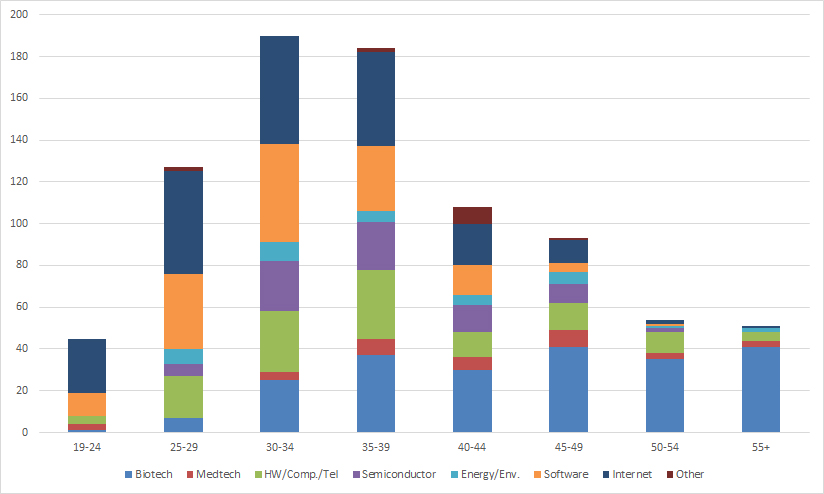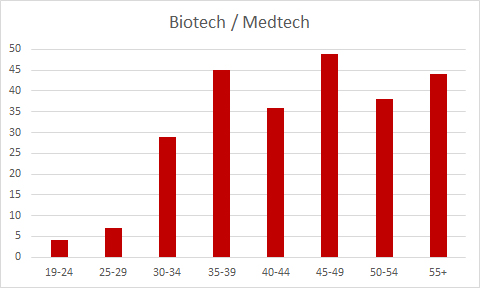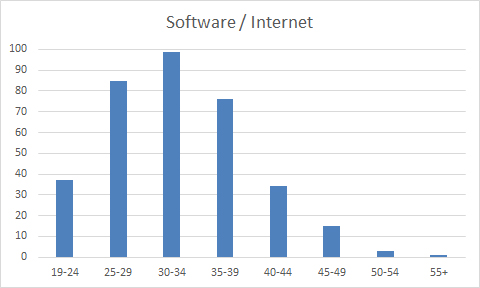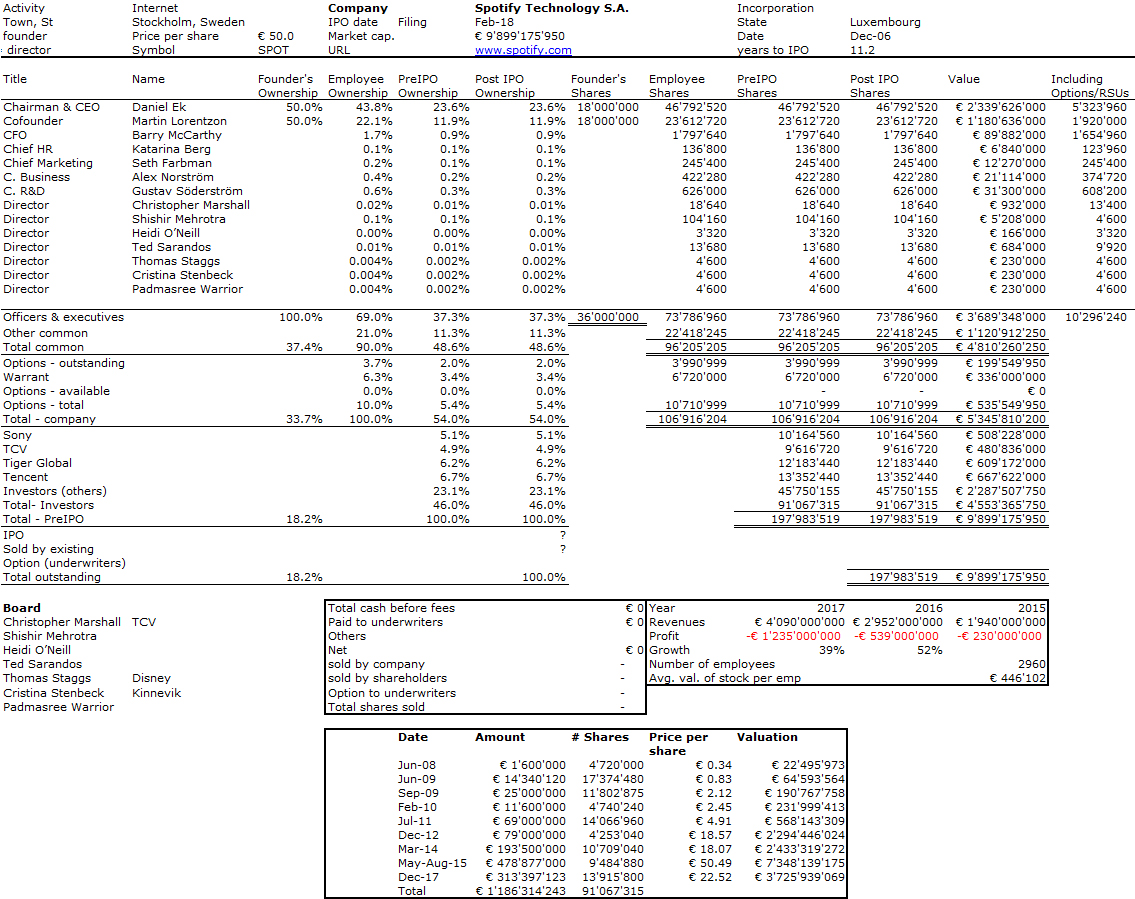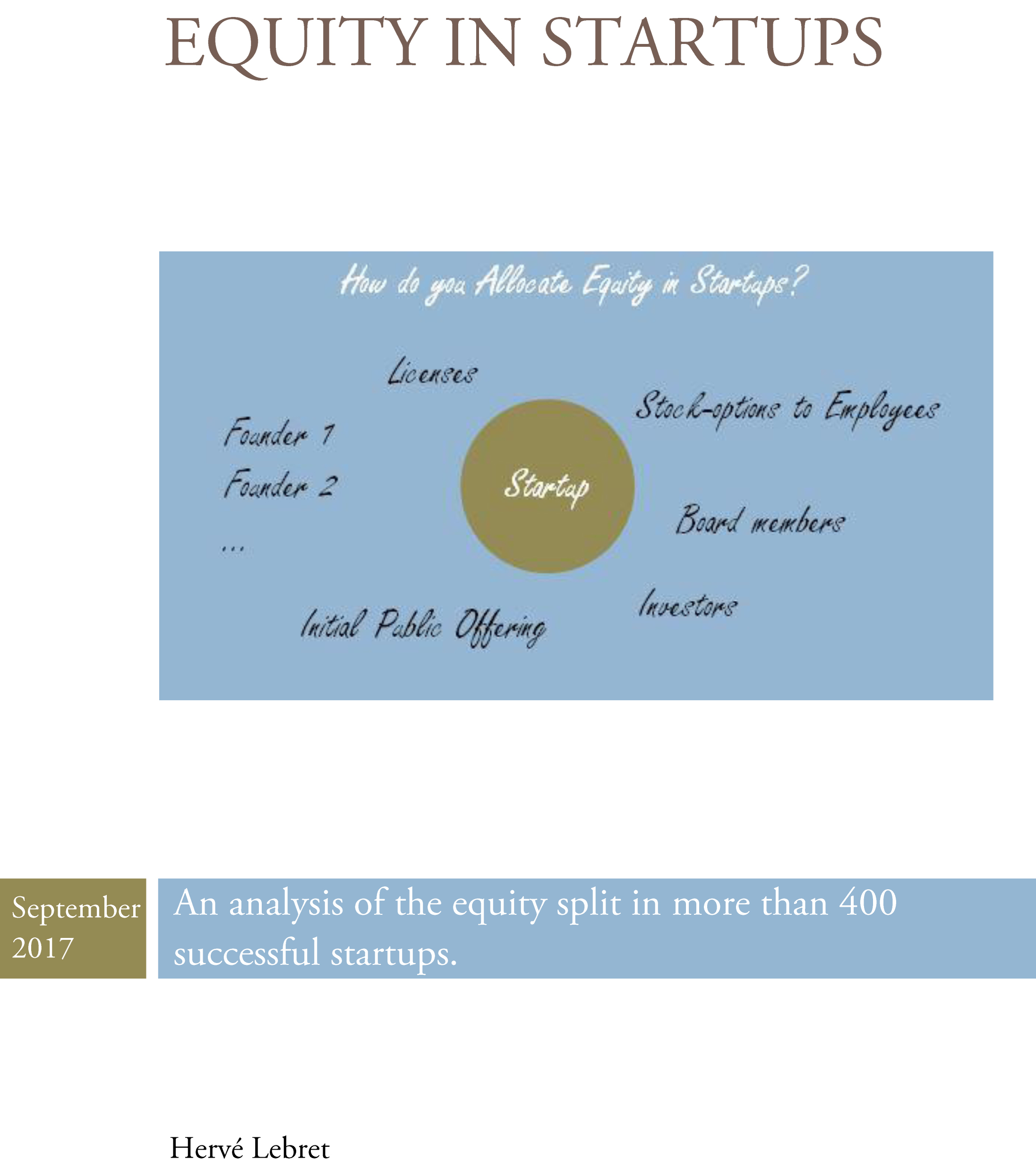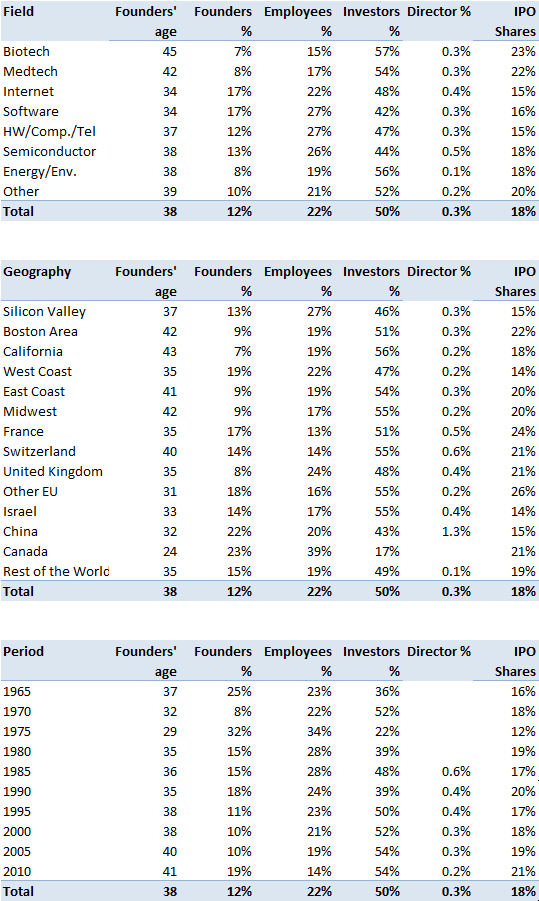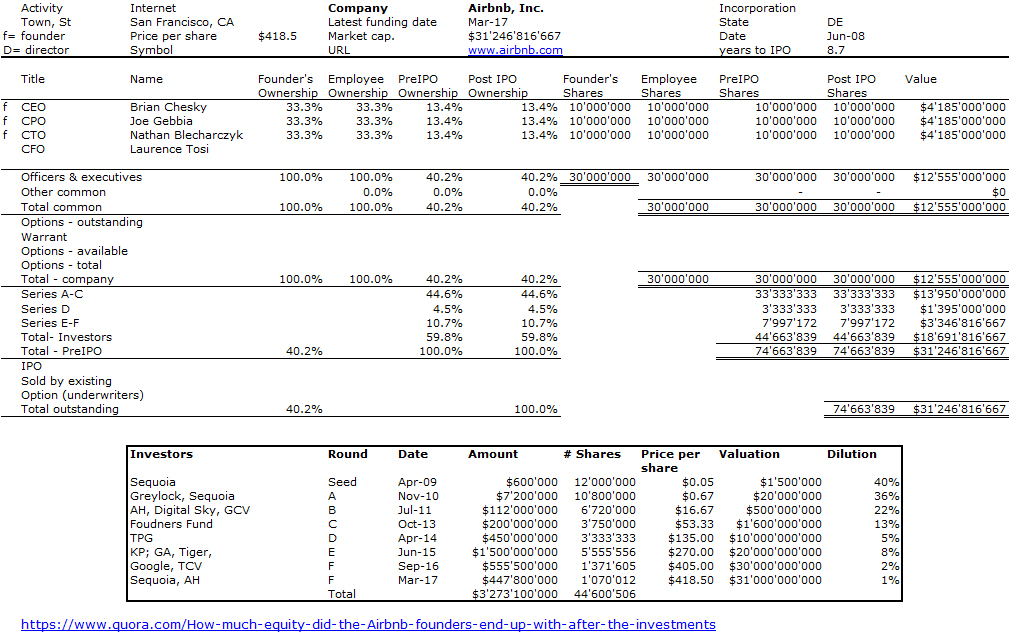I should not like “Don’t f**k it up”. Just because I am not a big fan of “how to” books in high-tech entrepreneurship. There is another reason why I should not like, i.e. the subtitle: “How Founders and Their Successors Can Avoid the Clichés That Inhibit Growth”. Usually I think foudners should not have successors. But I did not hate les Trachtman’s book at all. The reason is Les gives good advice to founders, the main one being “Trust and Empower”.

Let me give you examples:
I know that every founder believes his company is special, exceedingly complex, and unique. I can assure you that the challenges confronting you are just not that different. Ninety-five percent of your problems are shared by other founders, which is good news because it means your problems are solvable. They’ve been seen and handled many times before—all that is required is the smarts and the courage to address them. [Page 2]
“Employees who are taught to mistrust their own instincts are not very likely to trust their colleagues’ instincts, either.” Fear of failure can easily poison a company culture. Team-building efforts are useless when everyone’s first imperative is CYA — cover your ass. [Page 12]
The process of building a team is not that different from raising a healthy, self-sufficient child. […] You want them to learn from their mistakes and the
resulting painful consequences. [Pages 15-16]
Micromanaging can often be an excuse for not developing and committing to mid-range and long-range goals. It can also serve as an excuse, changing your mind about what’s most important from one day to the next. A lot of founders run small companies that way, and they never scale those companies because it’s impossible to run a larger company on the basis of what the founder is feeling that particular day. [Page 20]
and his advice to foudners is to give more and moe importance to strategy by [Pages 31-33]:
1. Track your time.
2. Decide what not to work on, and stick to it.
3. Plan for the unexpected.
4. Write down your goals and revisit them quarterly.
More in another post…

